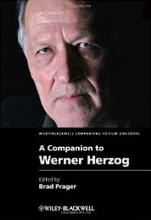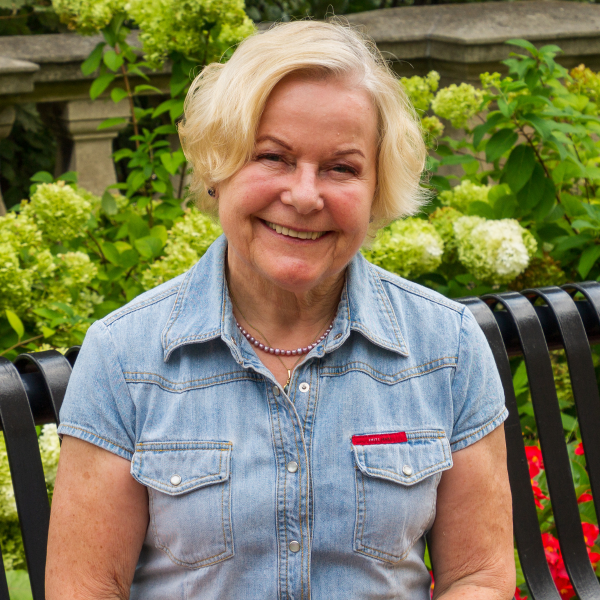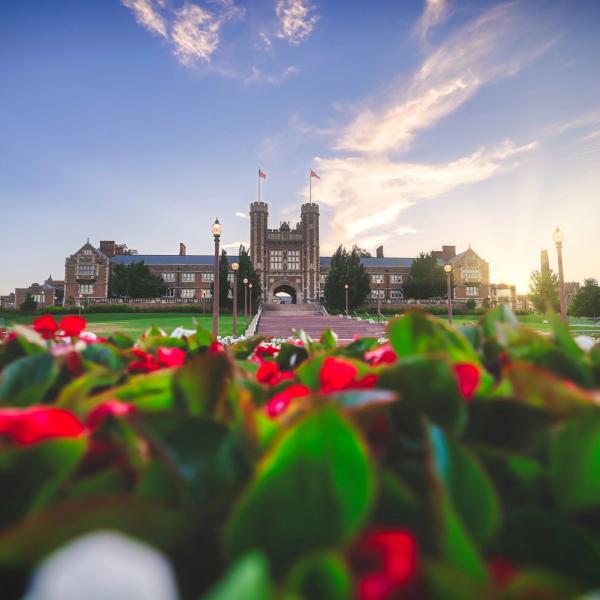Music has played a significant role in the work of filmmaker Werner Herzog ever since the 1970s. In a recent essay, Lutz Koepnick discusses the function of operatic elements in Herzog’s films and revises dominant understandings of Herzog’s preoccupation with grand aesthetic gestures.

Throughout the 1970s and 1980s, Werner Herzog was often seen as a director attempting to translate Richard Wagner’s concept of the “total work of art” into the realm of German auteur cinema. According to this understanding, Herzog not only sought to turn the world into an aesthetic spectacle, but also to overwhelm his spectators with monumental gestures and grandiose visions. Recalling Wagner’s stress on mystical totality, Herzog was said to dissolve the boundaries of the aesthetic, to replace social engagement with romantic excess, and to redefine the sublime as a site of irrational transcendence and individual redemption. Like Wagner’s monumental operas, Herzog’s art—it was concluded—resulted in no less than a precarious aestheticization of life. It invalidated ethical or political considerations, and it approached the world as if it was grand opera itself, a universe solely designed for dramatic expressions of empathy and perverse self-sacrifice.
Koepnick’s essay argues against this tradition of reading Herzog as a full-fledged Wagnerian. Opera, for Herzog, offers a parallel world constitutively aware of its own limits and its theatricality and precisely only thus able to express its deepest truths and intensities. Instead of drawing the spectator under its spell, grand opera, for Herzog, operates as a medium in whose horizon self-awareness and self-forgetting, the reflexive acts of seeing and being seen, ecstatic absorption and theatricality energize one another without ever reaching the climax of a triumphal finale. Understood in this sense, grand opera serves as a model of what Brad Prager refers to as Herzog’s cinema of aesthetic ecstasy and truth. Koepnick’s essay is dedicated less to reconstructing the operatic matrix of Herzog’s films as a whole, and much more to probe the open tensions between reflexivity and absorption as manifested in various of the directors’ films. More concretely, his essay seeks to show how Herzog’s films repeatedly take recourse to the operatic so as to allow us to complicate the role of passion, absorption, and reflexivity in his overall work. While many critics during the 1970s and 1980s stressed certain continuities between Herzog’s neo-romantic passion for opera and an aestheticizing and latently fascistic revival of the sublime, the aim of Koepnick’s essay is to show that the role of opera in films such as Death for Five Voices (1995), Fitzcarraldo (1982) and Lessons in Darkness (1992) is dedicated to a project of productive failure, a project not only fully aware of the taut relationship between the theatrical and the contemplative, but also involving complex negotiations of epistemological, ethical, and aesthetic dimensions.
For the full text, see: Lutz Koepnick, “Archetypes of Emotion: Werner Herzog and Opera,” A Companion to Werner Herzog, ed. Brad Prager (Chichester, UK: Wiley-Blackwell, 2012) 149-167.


![Werner Herzog, O soave fanciulla (2009) [click for video]](/files/german/imce/herzog_la_boheme_3.jpg)



